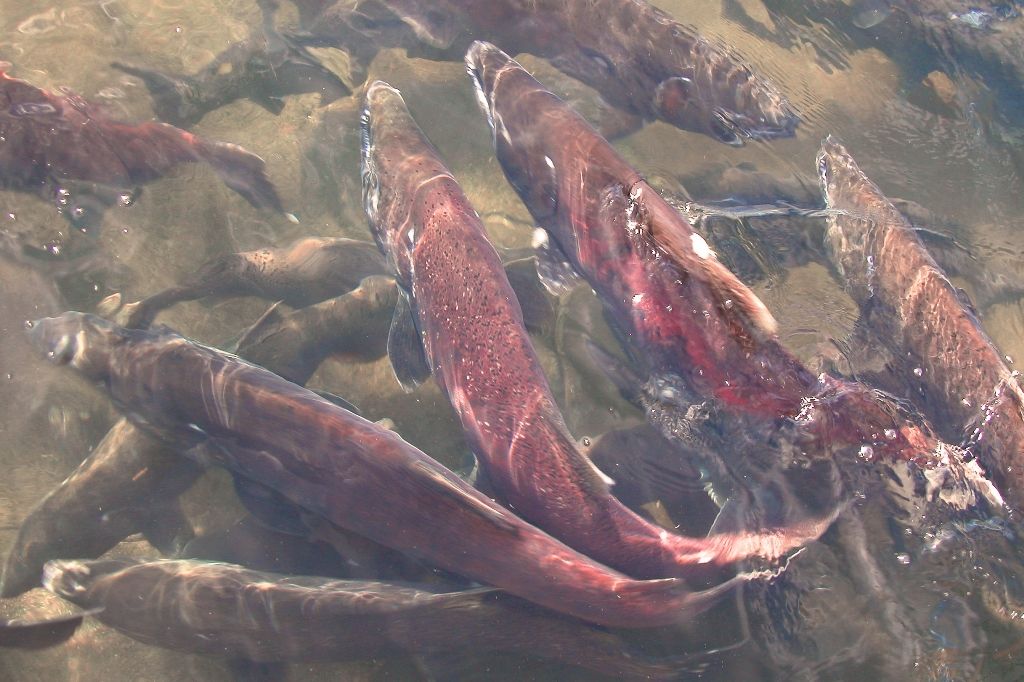We may be entering a time when more mechanistic understanding can be used to estimate effects of habitats and flows on fish populations and health, and help design ecosystem restoration efforts.
An integrated portfolio approach to protecting and restoring winter-run salmon would begin with a model estimating the effectiveness of a set of restoration actions on juvenile salmon out-migrating populations. The recently-published Winter-Run Habitat-based Population model (WRHAP) does just this.
A summary of this model is presented in this blog and the accompanying video. This work was motivated by the absence or misrepresentation of important juvenile rearing habitats (Phillis et al. 2018) in existing modeling efforts.
Click here to continue reading at the California Water Blog.



